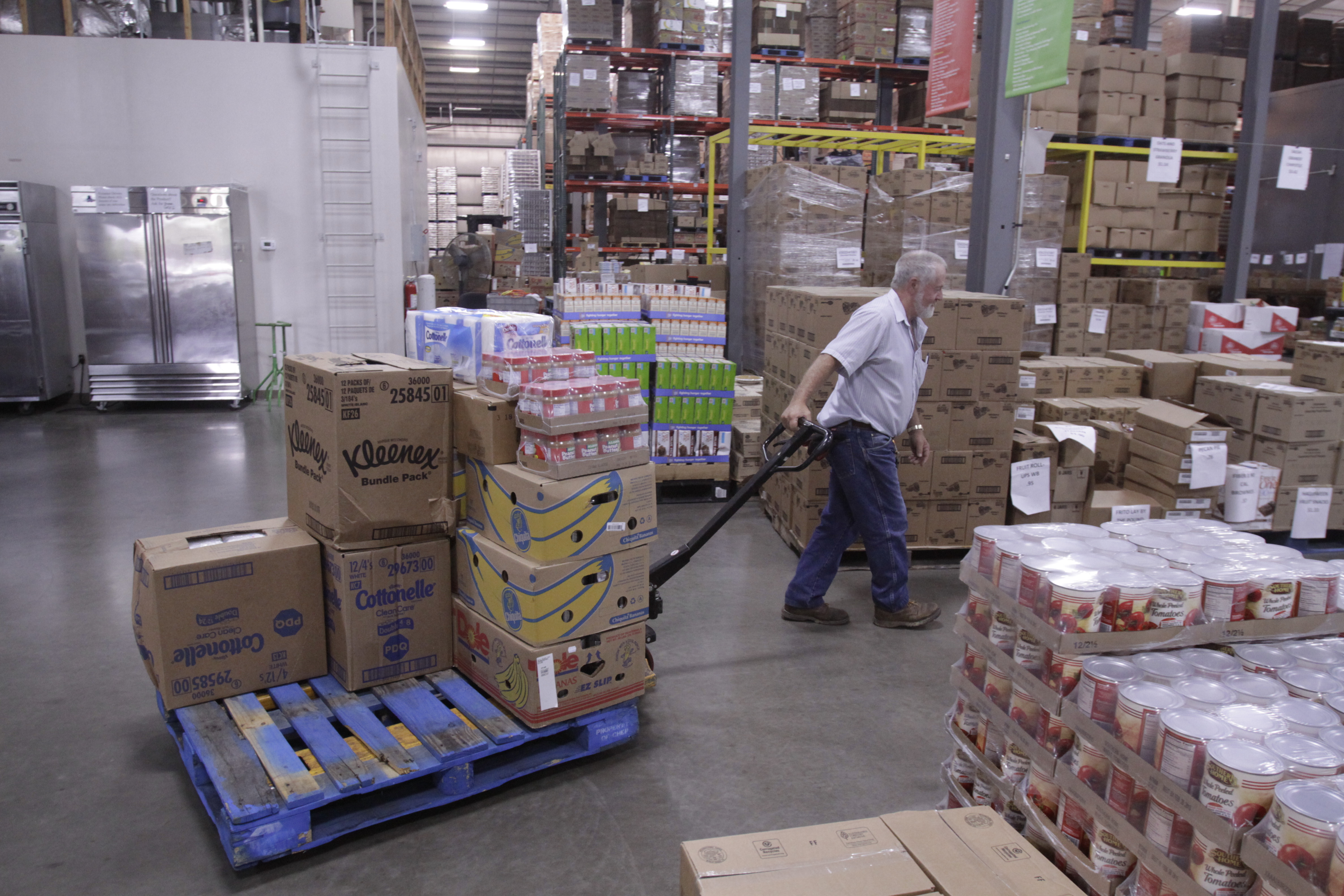VIDEO
This story is featured in today's TimesFreePress newscast.
Chattanooga's bucking another trend.
A comprehensive study released Monday by the Brookings Institution showed that while poverty is increasing nationwide, it has hit suburbs harder than cities in the last dozen years.
Brookings researchers used census and other federal data to show that the number of people living in poverty in the suburbs rose by 64 percent nationwide between 2000 and 2011. That's compared to a 29 percent increase in cities.
The formula holds true for Tennessee's largest cities: Knoxville's suburban poverty rate rose 50.1 percent, compared to 15.3 percent in the city. Memphis' rate was 42.5 percent in the suburbs, 33.4 percent in the city, and Nashville's was 87.9 percent and 68.7 percent, respectively.
Chattanooga turned the numbers on their heads: Suburban poverty grew by 52 percent, compared to 75.2 percent for the city between 2000 and 2011.
The Brookings researchers and local experts pointed out that the percentage increase isn't the same as numbers of people -- the large majority of the poor still live in urban areas.
It's not clear exactly why Chattanooga's numbers are so different in the study, said Ken Chilton, president and CEO of the Ochs Institute for Metropolitan Studies here.
"They aggregated a lot of data, and it's hard to figure out how they did that without looking deeper at the methodology," Chilton said Monday.
But he said it's clear that national trends cited by the Brookings researchers -- a large-scale movement of lower-income people to the suburbs, followed by the housing bust and the crashed economy -- are playing out in the Chattanooga metro area, even if they're muted or distorted by local conditions.
"I don't think we saw that rapid suburban growth like a lot of places experienced [during the housing boom of the last decade] ... when there was a lot of fast money and a lot of easy money," Chilton said.
His key factor is seismic shifts in the metro area's economy.
"Structural economic change has finally hit Chattanooga," Chilton said. "There's been a move away from higher-paying manufacturing jobs to lower-paying service-type jobs that is being felt in suburban areas as well, even into rural areas."
Volkswagen and its suppliers, Wacker and other companies aside, the Chattanooga metro area lost 10,000 manufacturing jobs -- with an average annual wage of $47,753 a year -- over the period, according to U.S. census data.
At the same time, the region gained 3,316 jobs in the accommodations and food services industries. Those jobs paid an average of $14,665, were often part time and usually didn't offer benefits.
"In the '70s and '80s you could go with a high school diploma and get a factory job with a living wage. Now your high school diploma will only get you a job in a coffeeshop at $7.25 an hour," Chilton said.
Wages have stagnated and benefits waned or disappeared altogether, but costs for necessities -- food, clothing, shelter, transportation-- have zoomed upward in the period.
"There comes a point where that catches up, and I think that's being reflected in growing levels of suburban poverty," he said.
The Brookings researchers noted that outlying areas may have fewer ways to help the pockets of poverty in their midst.
Melissa Blevins, director of operations at the Chattanooga Food Bank, compared the agency's 180 Chattanooga "partners" for food aid of various kinds to the handful the agency works with in Tennessee counties such as Meigs, Bledsoe and Rhea. The agency has a mobile food pantry that takes food boxes to the rural counties' far reaches.
"We see more and more in these outlying counties of people who just really are the face of poverty," Blevins said.
Jim Gram sees the effects of suburban poverty every week at the Soddy-Daisy Food Bank.
Every Thursday, people start lining up early in the parking lot of Soddy United Methodist Church for 50-pound boxes of food. They have to qualify for help, and they can get food once a month, Gram said.
"They're not professionals [at asking for aid] -- you can tell that by the way they fill out the application," he said.
"A lot of them are ashamed to come in. The big majority of these are first time, they were laid off or somebody in their family was laid off. But the biggest thing is medical expenses," he said.
There's been a definite uptick in the last three or four years, he added.
But the good news, he said, is that most people only come in once or twice.
"The big majority of ours are working people, or would like to be working people," he said. "They appreciate what they get and then they drop off and make room for someone else."
